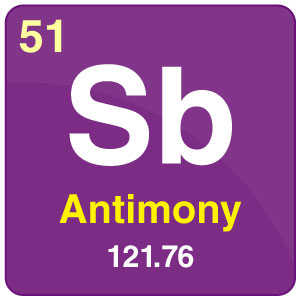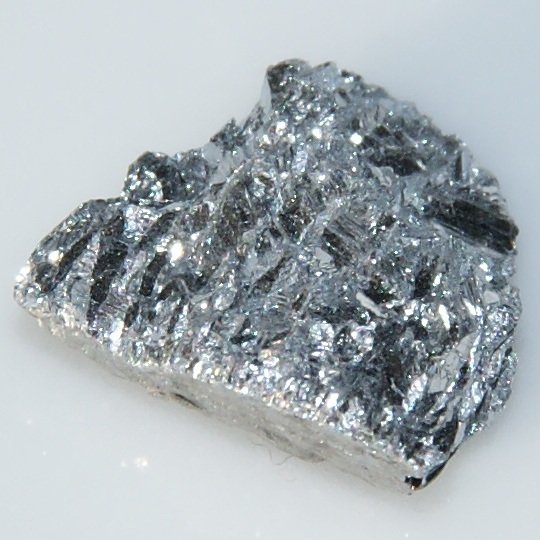Antimony
Antimony, with the symbol Sb and atomic number 51, is a fascinating element that straddles the line between metal and non-metal. It boasts a lustrous gray appearance and is found primarily as the mineral stibnite (Sb2S3) in nature. Interestingly, antimony compounds have been known and used for centuries, even appearing in ancient cosmetics like kohl.
This versatile element exhibits unique properties. While it shares some metallic characteristics like its shiny surface, it also possesses non-metallic traits like brittleness and poor conductivity. Antimony is resistant to attack by acids and remains stable in air at room temperature. However, it readily reacts with oxygen when heated, forming antimony trioxide.
Despite its potential toxicity, antimony finds applications in various modern industries. It strengthens lead in batteries, enhances the properties of alloys used in bullets and cables, and plays a crucial role in flame-retardant materials. Additionally, antimony compounds contribute to the production of paints, enamels, glass, and pottery, showcasing its diverse range of uses.

